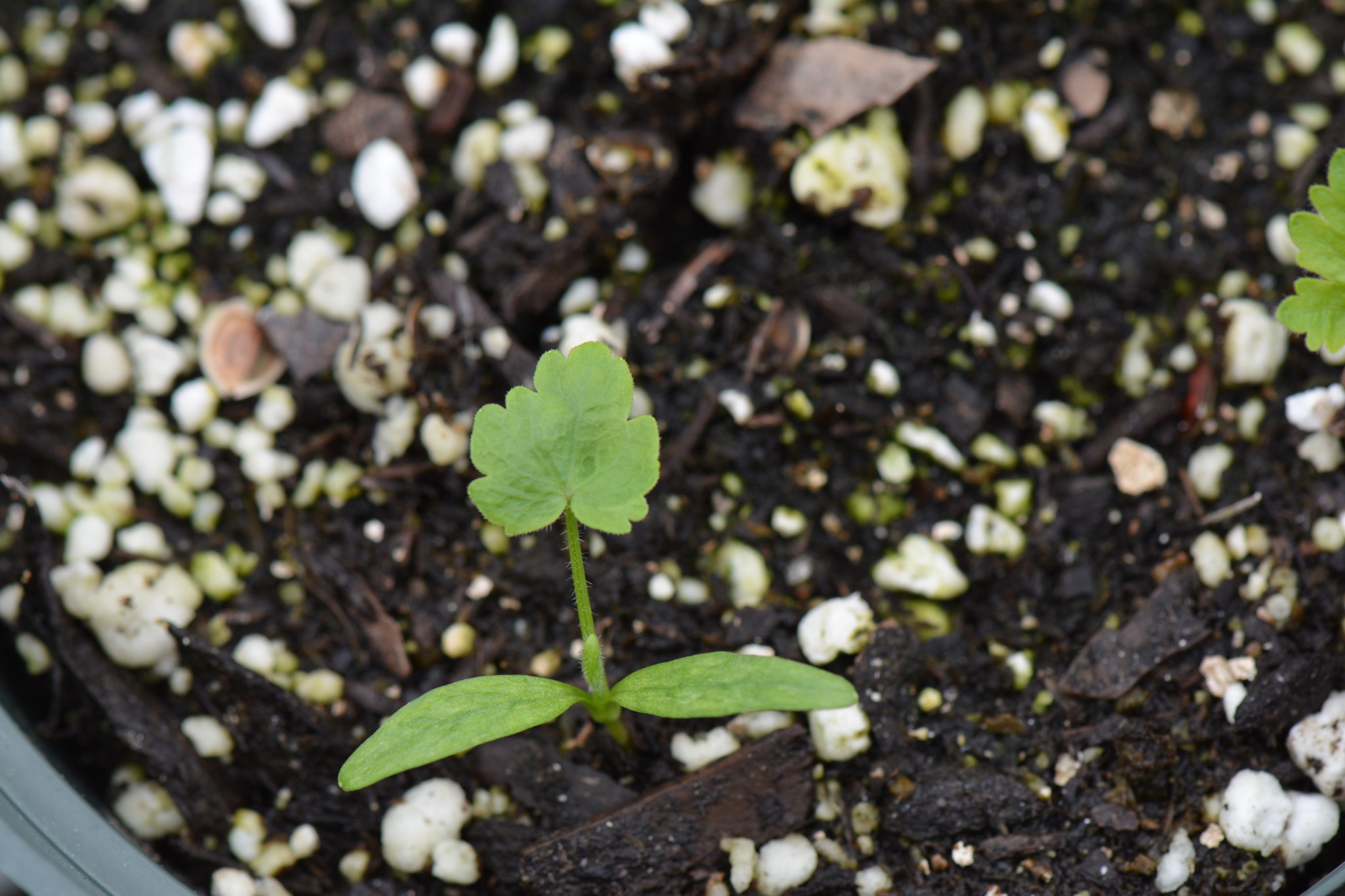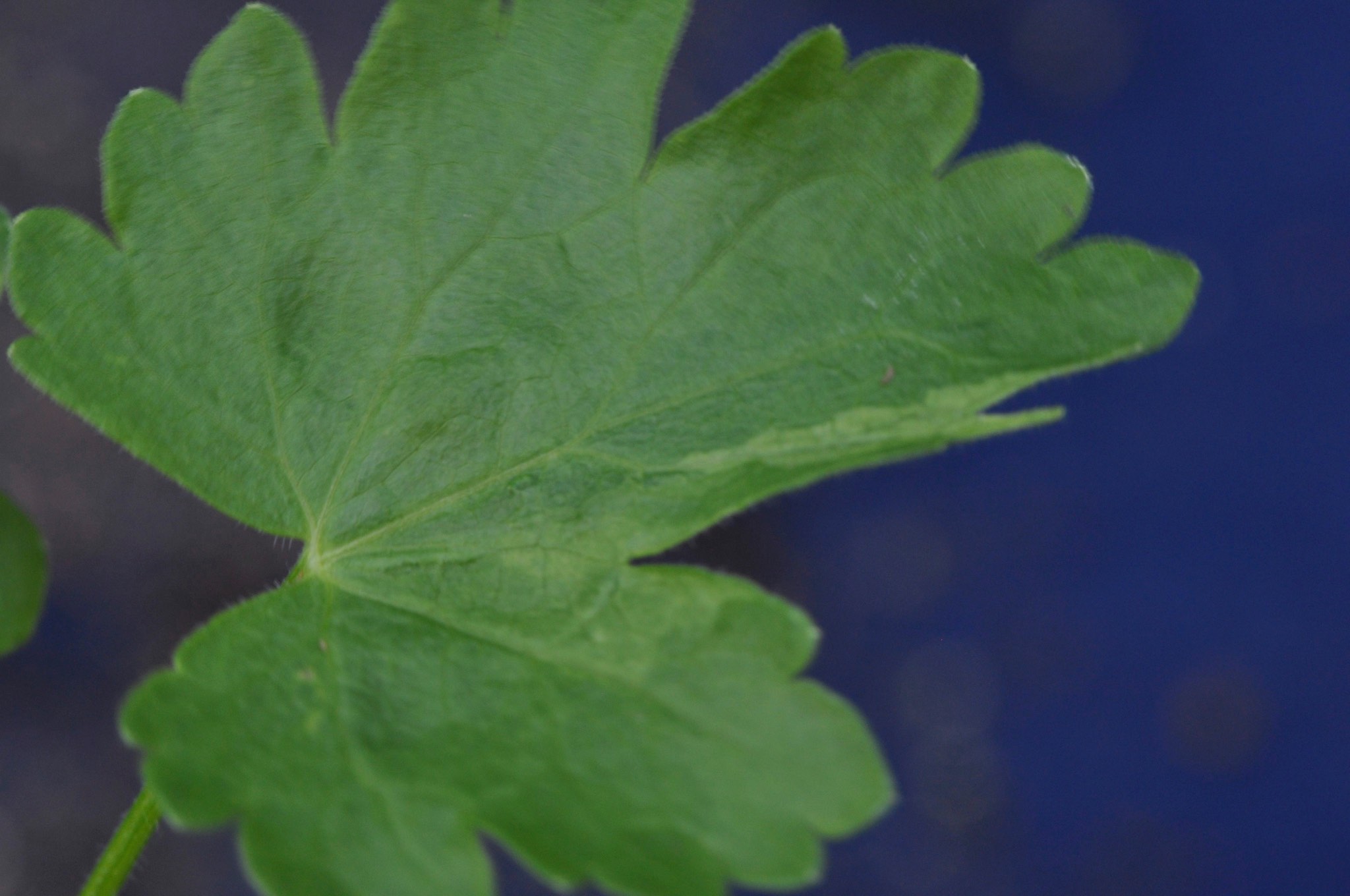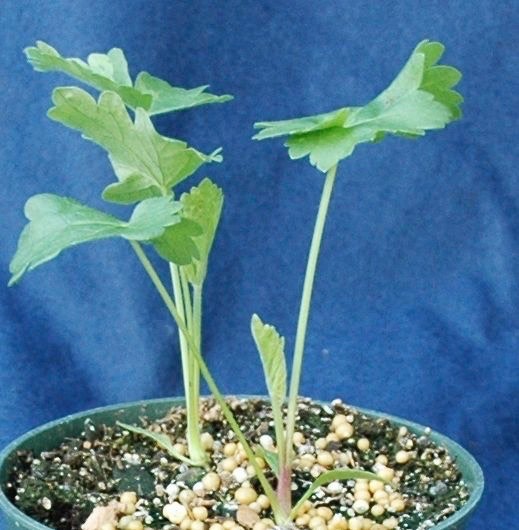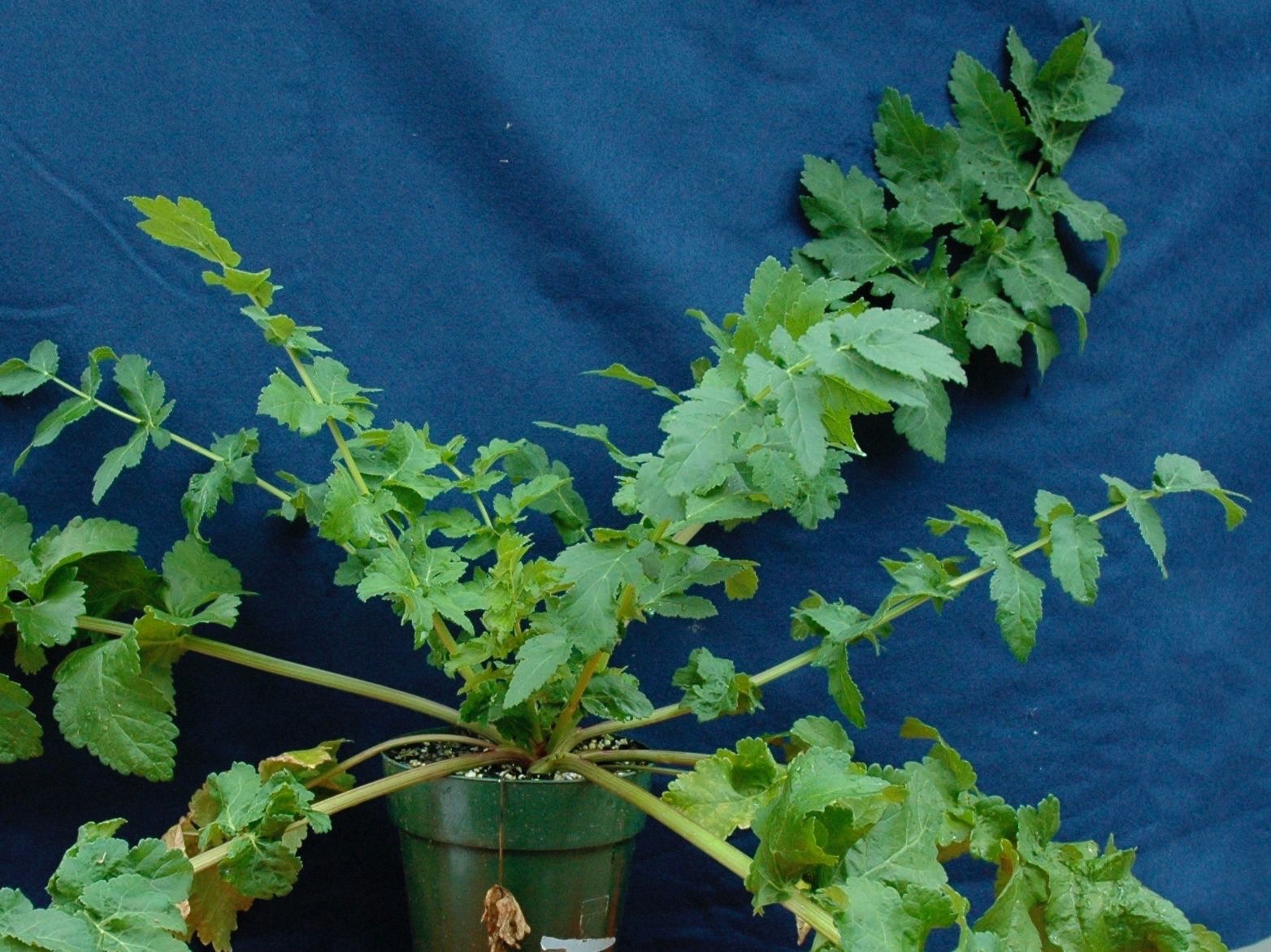Ohio’s Noxious Weeds
Wild parsnip
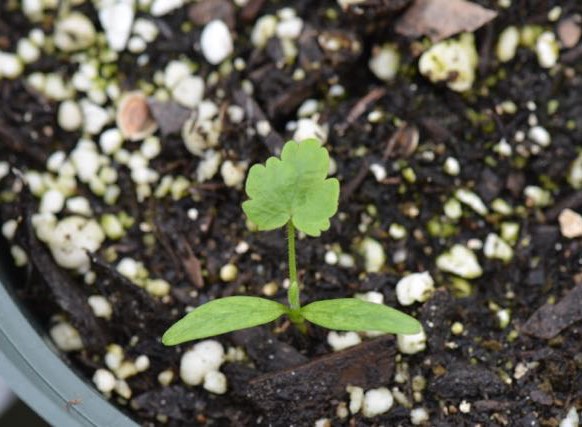
Pastinaca sativa, wild parsnip
Family: Parsley, Apiaceae.
Habitat: Wastelands, wet sites, roadsides and pastures, undisturbed ground.
Life cycle: Biennial, forming a rosette the first year and producing flowers and seed in the second.
First Year Growth Habit: Rosette of basal leaves. Large, three-lobed leaves resemble celery.
Second Year Growth Habit: 2-5 feet, branched, flowering plant.
Leaves: Alternate, pinnately compound with coarse saw-tooth edges; deeply lobed and not hairy. Up to 18 inches long.
Stem: Hairy and grooved.
Flower: May-August (second year). Many small flowers with five yellow or white petals borne in umbrella shaped terminals – gives rise to yellow seed clusters, 2-6 inches across.
Root: Fleshy taproot.
Similar plants: Second-year plant is somewhat similar to poison hemlock (Conium maculatum). The leaves of poison hemlock are usually more finely divided and its stems are hollow and purplish.
The problem is…. Wild parsnip produces huge amounts of seed, allowing it to persist and spread. NOTE: Although wild parsnip has edible roots, it should be avoided because of the possibility of confusion with poison hemlock. Additionally, the leaves of wild parsnip cause a painful and potentially serious rash on some people. Skin sensitivity is greatest at flowering time.
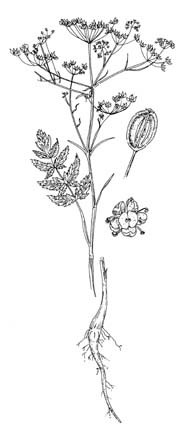
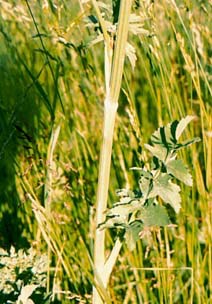
The leaves of wild parsnip are not as finely divided as poison hemlock, however, and its stem is ridged and green.
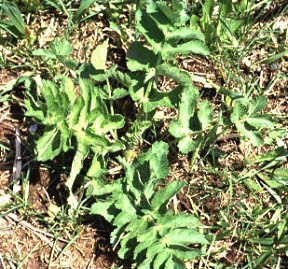
Wild parsnip in its first year of growth.
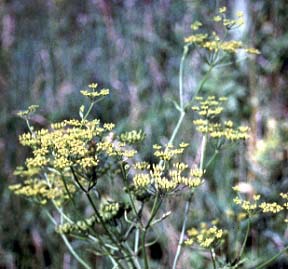
Usually wild parsnip has yellow umbels, as in this picture, but it may also have white flowers, resembling poison hemlock.
